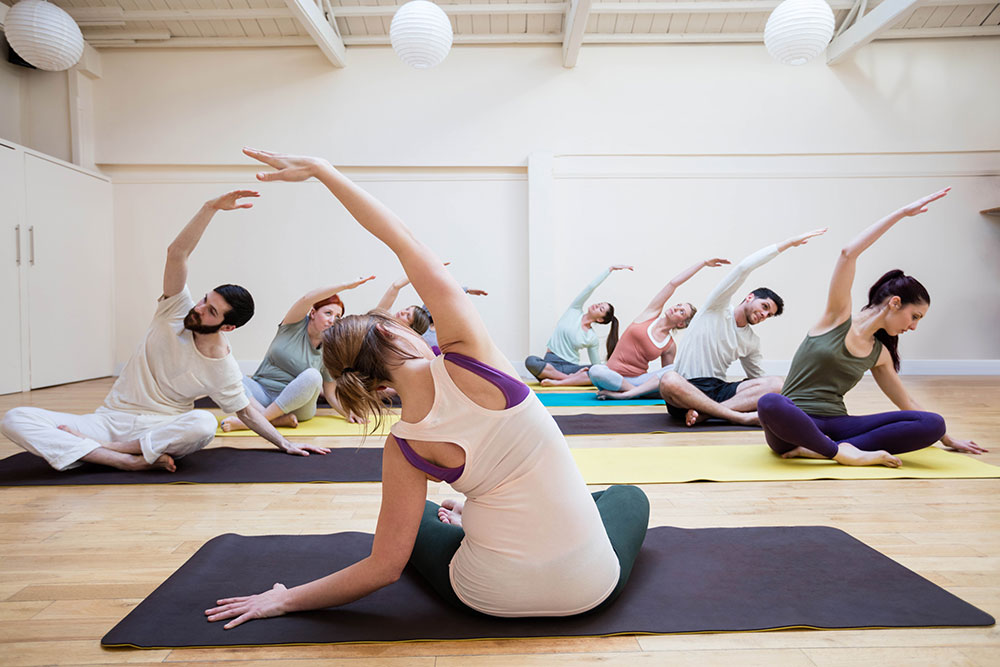
Yogic therapy for Pulled hamstring
Hamstrings are the longest muscles in the body and extend down from the back of our thighs. Because hamstrings work to pull the leg back and bend the knee, they can be injured during running, kicking, jumping or while performing a range of physical activities. They can also be injured as a result of overstretching. As in gastrocnemius strain, you may feel a pop, usually at the back of the thigh, when the muscle tears.
A hamstring refers to one of the tendons that make up the borders of the space behind the knee. It usually includes the tendons of semitendinosus, semimembranosus, and biceps femoris. The main job of the hamstring is to extend the hip joint and flex the knee. Runners are more likely to suffer from hamstring problems because of overusing this muscle.
Get a holistic health consultation with Yogi Anoop and receive a 'yogic diagnosis' based on your body's constitution and health issues. A personalised plan, based on the analysis of your constitution, will get you one step closer to achieving a body free from ailments and a mind devoid of anxiety.
Hamstring flexibility is especially crucial for runners. Professional runners workout under the supervision of certified trainers and hamstring flexibility, involving yoga stretches, form a major part of their flexibility-enhancing routine.
Amateur runners often make the mistake of not realizing the importance of these yoga stretches and how performing them can greatly benefit the hamstrings.
Including yoga in your daily pre-running practice is essential to avoiding injuries. Below are some yoga stretches that can easily be done at home and before you head out for a run. These will shield the hamstrings from injuries and will provide greater flexibility.
Forward bend
Stand straight with both legs together. Now, slowly raise your arms, bend forward and try to touch your feet. Maintain this posture for a few seconds and return to the original position. Repeat 3-4 times.
Backward bend
Stand straight with both legs together. Slowly raise both your arms and bend backwards as much as you can. Maintain this posture for a few seconds. Return to the original position. Repeat 3-4 times.
Supta Padangushthasana (supine leg stretches)
Lie down straight and slowly raise the right leg while keeping the knee straight. Try and grasp the thigh and stretch as much as you can. Practise on the other leg, repeat 3-4 times with each leg.
Salabhasana or locust pose
Lie on your stomach, make fists and place them under your thighs. Keep your head straight with the chin placed on the floor and raise your legs as high as possible keeping them straight at the knees. Repeat 3-4 times.
Parvatasana
Lie flat on your stomach with both hands near your chest. Now raise your body slowly to form an inverted V with your hips at the highest position supported by your hands and feet. Maintain this posture for a few seconds. Return to the original position. Repeat 3-4 times.
Upavistha Konasana (Seated Wide-Legged Straddle)
Sit straight and spread your legs out as wide as possible. Make sure your toes are pointed towards the ceiling. Try and press the legs down to the floor as much as possible. Maintain the posture for a few seconds. Repeat 3-4 times.
Supta Padangushthasana (supine leg stretches)
Lie down straight and slowly raise the right leg while keeping the knee straight. Try and grasp the thigh and stretch as much as you can. Practise on the other leg, repeat 3-4 times with each leg.
There are many other options, postures and exercises that can be explored for greater strength and flexibility of the hamstrings. Asanas like Janu Siraasana, Baddha Koṇāsana, Upavistha Konasana, Hanumanasana, Virabhadrasana are great for hamstrings as well as for the vitality of the entire body.
However, yoga asanas must always be done after consulting a certified teacher and under strict supervision.
"Remember, in the long and hard run, flexible hamstrings are the greatest assets of a runner. Adding a quick routine of yoga to their regular practice can greatly benefit runners and athletes," says Yogi Anoop.
Copyright - by Yogi Anoop Academy
